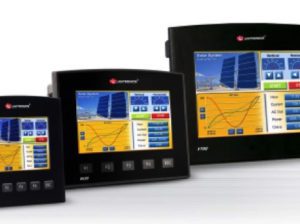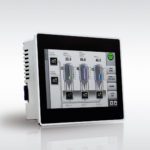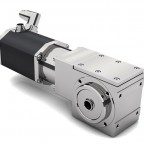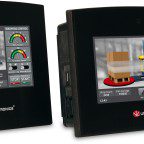
By Steve Meyer || Previous generations of control relied on Cathode Ray Tubes (CRTs) for information displays as part of programming terminals. Those unfamiliar with CRTs should read the Wikipedia articles and check Google Images for representations of how the CRT works. It is an interesting part of the history of control.
CRTs use high-voltage power supplies to generate and steer beams of electrons at phosphor dots on the inside of a glass tube. This requires bulky transformers and coils and generates magnetic fields. Because CRTs were relatively large, heavy, and expensive, they weren’t first choice to package into control systems as an operator interface. In systems where program changes or text inputs were frequently required, typically CNCs, a CRT and keyboard would have to be included.
Programming terminals for writing control system software are always supplied with a screen interface so programmers can see what they are doing.
Because the programming terminal is used for program development, downloading and debugging user code, the connection is only temporary and there is no need for a permanent display with the control system. Control systems based on relays would typically use pushbuttons and pilot lights as the discrete user inputs and status outputs for operation of the machine as the lower cost alternative.
Current state of HMI displays and control technology
Since the advent of low-cost flat screen displays, the cost of packaging displays as part of a control system solution has been reduced dramatically. At the same time, digital-technology costs have fallen to the point where even the traditional pushbutton is available with a limited capability digitally programmable display. Given the touchscreen functionality and the ability to display text and pictures, it is a much more cost effective and powerful solution to use the flat-panel display as the operator interface for machinery.
Where the HMI and personal computer intersect from a functional standpoint is in the microprocessor itself. The traditional PC has used a centralized processor that hosts an operating system that manages all the resources attached to the PC. Display, memory and external communications are all managed by the same device. It doesn’t cost extra to have the PC module manage the screen, and because both components are flat, it can be very cost effective to simplify things and make them together as one piece of hardware.
This arrangement has the added benefit of supporting extensive fault and diagnostic messaging, support for maintenance and repair, and support for network communications. The added functionality and declining cost of combining flat touch screen and computer in one system make a compelling argument for all new control systems to be implemented this way.






Leave a Reply
You must be logged in to post a comment.